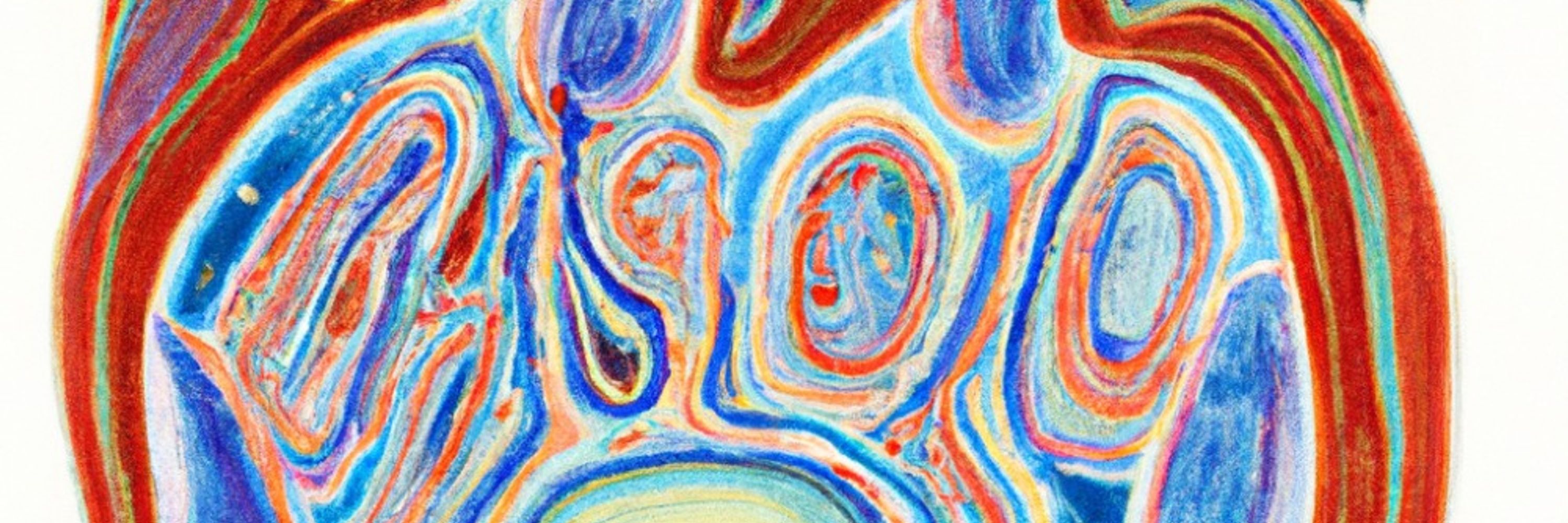
public comments often have one or more of the following characteristics: (1) an introduction where you explain why you are interested in the regulation and highlight any experience with the subject of the rule that may distinguish your comment;
public comments often have one or more of the following characteristics: (1) an introduction where you explain why you are interested in the regulation and highlight any experience with the subject of the rule that may distinguish your comment;




